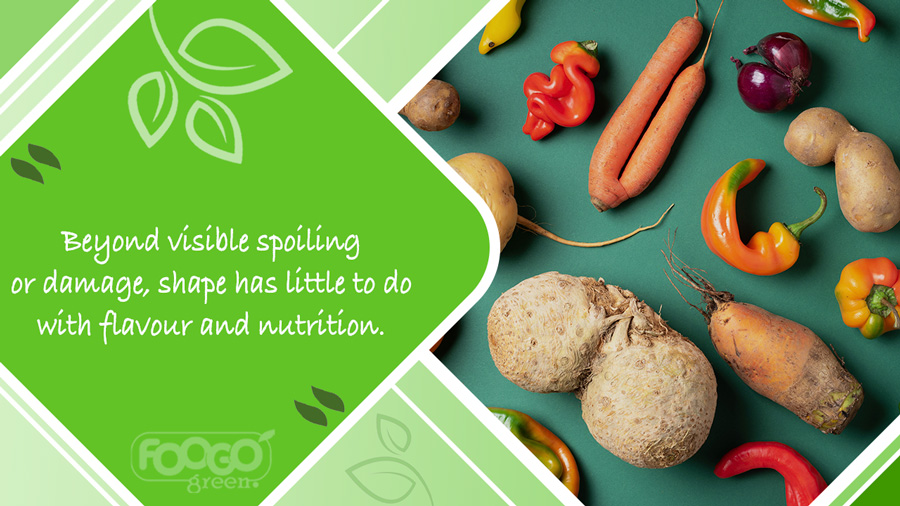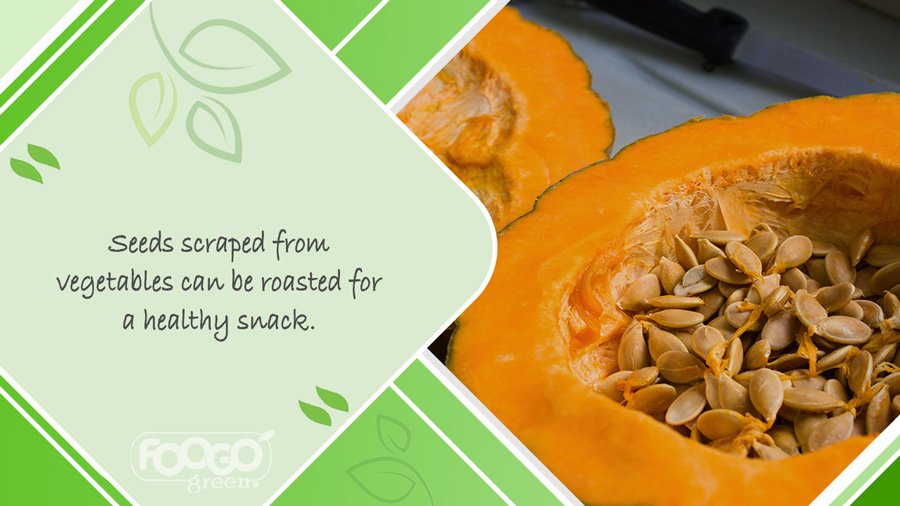Ways to reduce food waste
30th Jul 2021
Nearly a third of all food produced worldwide is wasted every year. Reducing your own contribution to food waste can be achieved by making a few simple changes.
Compile a shopping list
Plan what to cook before shopping. Buying for recipes ensures you’ll use everything you buy, instead of food sitting in the fridge until it goes off.
While ‘use by’ dates, particularly on meat or fish, need to be followed, ‘best before’ dates are more of a freshness guide. Checking the appearance and smell of food will tell you more than a date.

Sort out your stores
Organise your cupboards and fridge to avoid old food being hidden and spoiling behind new purchases. Do this before food shopping to avoid buying unneeded duplicates.
Try not to bulk buy fruit and vegetables, unless you intend to cook in bulk. Shop small every few days rather than once a week to keep produce fresh, rather than ending up with stale ingredients by the end of the week.
Remember: tomatoes, cucumbers, potatoes, onions, and garlic should be stored at room temperature, not refrigerated.
Keep potatoes away from other produce. They react to gases released by ripening foods, like bananas, accelerating their decay.
Appearances can be deceiving
Try not to judge produce purely on looks. Beyond visible spoiling or damage, shape has little to do with flavour and nutrition.
Food grown for flavour, rather than uniformity of shape, will likely be tastier and better for you. Buying misshapen produce saves perfectly good food from being discarded.
If intended for baking or cooking, the odd bruise or blemish won’t negatively affect taste. Incorporating produce that’s ‘beyond its best’ into soups, smoothies, or stock is a great way to conserve nutrients and reduce waste.

‘Waste’ can be reused
Fibrous leftovers from fruits and vegetables, like peel, stalks, and outer leaves, can be boiled along with meat bones to make stock. Once boiled, they can be composted with any other unused parts of produce.
Much fruit and vegetable skin is edible. Potato skin can be kept on while cooking to boost mineral and fibre intake.
Even kiwi skin is edible. Add it to smoothies or slice thinly in salads to get used to it.
Tougher skins, like citrus peel, can be saved and added to water to infuse flavour. Other fruit used to infuse water can be added into a smoothie afterwards, rather than being thrown away.
Seeds scraped from vegetables, like butternut squash or pumpkin, can be eaten. Just wash them, sprinkle with a little olive oil and salt, and roast in the oven for a healthy snack.
Inedible but not unusable
Food that cannot be consumed, whether through spoiling or damage, can still be used in ways that don’t involve eating.
For example, overripe avocados can be mashed to make a vitamin-rich skin and hair mask.
Coffee grounds, mixed with coconut or olive oil and sugar, makes an invigorating natural body scrub.
Leftover coffee can also be saved for the garden. It’s good for plants and soil.
Make sustainable swaps
While food waste is a serious ethical and ecological concern, the ways in which we consume food are also contributing to a wider environmental crisis.
Disposable plates and single-use plastics are a common way of facilitating our need to eat, especially when away from home.
The convenience of disposable tableware is difficult to argue against. However, with much of it manufactured from non-biodegradable plastics and harmful chemicals, making a choice that is cleaner and kinder to the environment makes more sense.
Compostable alternatives, like disposable palm leaf tableware, are a perfect solution.

Biodegradable disposable tableware
Made from naturally shed areca palm leaves, palm leaf plates and bowls provide the convenience of disposable tableware without the environmental impact.
Once used, they can be wiped clean and used again. Alternatively they can be discarded into home compost, where they will naturally biodegrade in 2-3 months.
Bagasse is made from reclaimed sugarcane. The by-product is great to repurpose into disposable tableware as it’s very fibrous, which makes it sturdy and able to hold hot and cold foods. It also works for wet and oily dishes – a well-known failing of paper plates!
Bagasse decomposes in 1-6 months. Since it is both biodegradable and compostable, people can dispose of it in their garden compost, meaning they won’t be filling up landfill sites with plastic alternatives.
Rather than risk fragile, plastic cutlery ending up in landfill, you can also switch to using birchwood knives, forks, and spoons .
Compostable and chemical-free, birch cutlery is resilient and lightweight. Birch grows quickly, making it a much more sustainable natural material. It’s also splinter-free and able to withstand high temperatures.
Environmentally friendly utensils
Here at FOOGO green, we take pride in providing sustainable, high-quality tableware that mixes convenience with a mindful approach towards caring for our environment.
To see the full range of environmentally friendly products we have on offer, visit our online store .
For more ideas on eco-conscious catering for friends, guests, or clients, take a look at our blog . We cover a range of situations: from creating a more sustainable workplace to throwing a plastic-free party.

